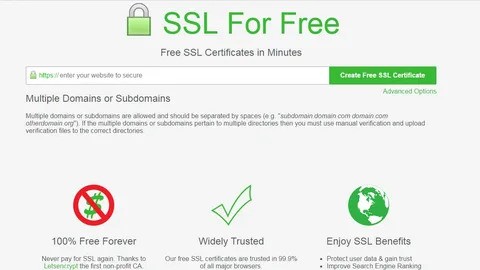How to Build a Portfolio Website
Let’s be real: if you’re a developer, designer, freelancer, or student in 2025 and you don’t have a portfolio website, you’re leaving opportunities on the table.
But here’s the kicker:
You don’t need to spend a dime to launch a clean, fast, and professional portfolio website.
GitHub Pages is your golden ticket—and it’s 100% free.
In this no-fluff, step-by-step guide, you’ll learn how to build a portfolio website using GitHub Pages, even if you’ve never deployed a site before.
🚀 Why GitHub Pages?
GitHub Pages lets you host static websites directly from your GitHub repository—for free. That means:
✅ No hosting fees
✅ Free SSL (HTTPS)
✅ Blazing fast via global CDN
✅ Custom domain support
✅ Zero ads
✅ Built-in version control via Git
It’s ideal for:
-
Developer portfolios
-
Project showcases
-
Resume/CV sites
-
Technical blogs
-
Open-source documentation
🛠️ What You’ll Need
-
A GitHub account (sign up free at github.com)
-
A portfolio template (HTML/CSS/JS)
-
(Optional) A custom domain (e.g., yourname.dev)
🧱 Step 1: Set Up Your GitHub Repository
-
Go to https://github.com
-
Click New repository
-
Name it exactly:
yourusername.github.ioReplace
yourusernamewith your actual GitHub username. -
Make the repo public
-
Click Create repository
Done. You’ve created the hosting container.
🎨 Step 2: Choose a Portfolio Template
You can:
-
Build your own from scratch using HTML/CSS
-
Use a free template from sites like:
Or you can use a prebuilt portfolio repo like this one:
👉 https://github.com/startbootstrap/startbootstrap-resume
✅ Pro Tip:
Pick a mobile-friendly, clean, and fast-loading template. GitHub Pages is optimized for static content—lean designs work best.
⬆️ Step 3: Upload Your Site Files
-
On your new GitHub repo page, click “Add file” → “Upload files”
-
Upload your HTML, CSS, JS, images, etc.
-
Make sure your main file is named
index.html -
Click “Commit changes”
Done. Your site is now live—yes, LIVE.
🌐 Step 4: View Your Live Portfolio
Go to:https://yourusername.github.io
You should see your portfolio website up and running.
That’s it. Your portfolio is live on the internet—for free.
🔧 Step 5: (Optional) Customize with a Custom Domain
Want www.yourname.dev or yourbrand.com instead of a GitHub URL?
-
Buy a domain from Namecheap, GoDaddy, etc. (Usually ~$10/year)
-
In your GitHub repo, create a file called
CNAME(no file extension) -
Inside it, put your domain name (e.g.,
yourname.dev) -
In your domain registrar DNS settings, create a CNAME record:
-
Wait for propagation (can take 30–60 minutes)
Boom. Your GitHub-hosted portfolio is now running on a professional custom domain.
💡 Pro Tips to Make Your Portfolio Stand Out
1. Highlight High-Value Projects
Showcase projects in hot niches like:
-
AI tools
-
Cybersecurity dashboards
-
React apps
-
Chrome extensions
-
Web scraping scripts
2. Add a Resume Download
Link to a downloadable PDF or Google Doc.
3. Use SEO Tags
Add meta descriptions and open graph tags so your name shows well on Google and social platforms.
4. Link Your GitHub Repos
Use GitHub’s API or simple hyperlinks to showcase live code.
5. Add Contact Form with Formspree / Tally
You can integrate forms without backend code. Just use:
💸 Want to Monetize Your Portfolio?
Even portfolio sites can bring in cash. Here’s how:
-
Add a blog section targeting high-CPC keywords
→ Example: “Top Free Hosting Providers for Developers” -
Add affiliate links to tools you use (e.g., Hostinger, Notion, Figma)
-
Sell digital products like resume templates or code snippets
-
Use Google AdSense (with a custom domain)
🛑 Common Mistakes to Avoid
❌ Don’t name the repo anything other than yourusername.github.io
❌ Don’t upload a README.md instead of index.html
❌ Don’t forget to make the repo public
❌ Don’t skip mobile optimization—80% of views are on phones
🧠 Final Thoughts
If you’re serious about landing clients, jobs, or freelance gigs in 2025, your portfolio isn’t optional—it’s your digital handshake.
And with GitHub Pages, there are no excuses. You can go from zero to live in less than an hour—and never pay a cent for hosting.
✅ Fast
✅ Free
✅ Forever
Got stuck? Need a starter template or want help customizing yours?
Drop a comment or tweet us @YourHandle—happy to help!



